Lowdown: Rush of Residencies
Some major art residencies have been named - giving Aotearoa artists huge opportunities both locally and overseas - while NZ art has hit some record highs.
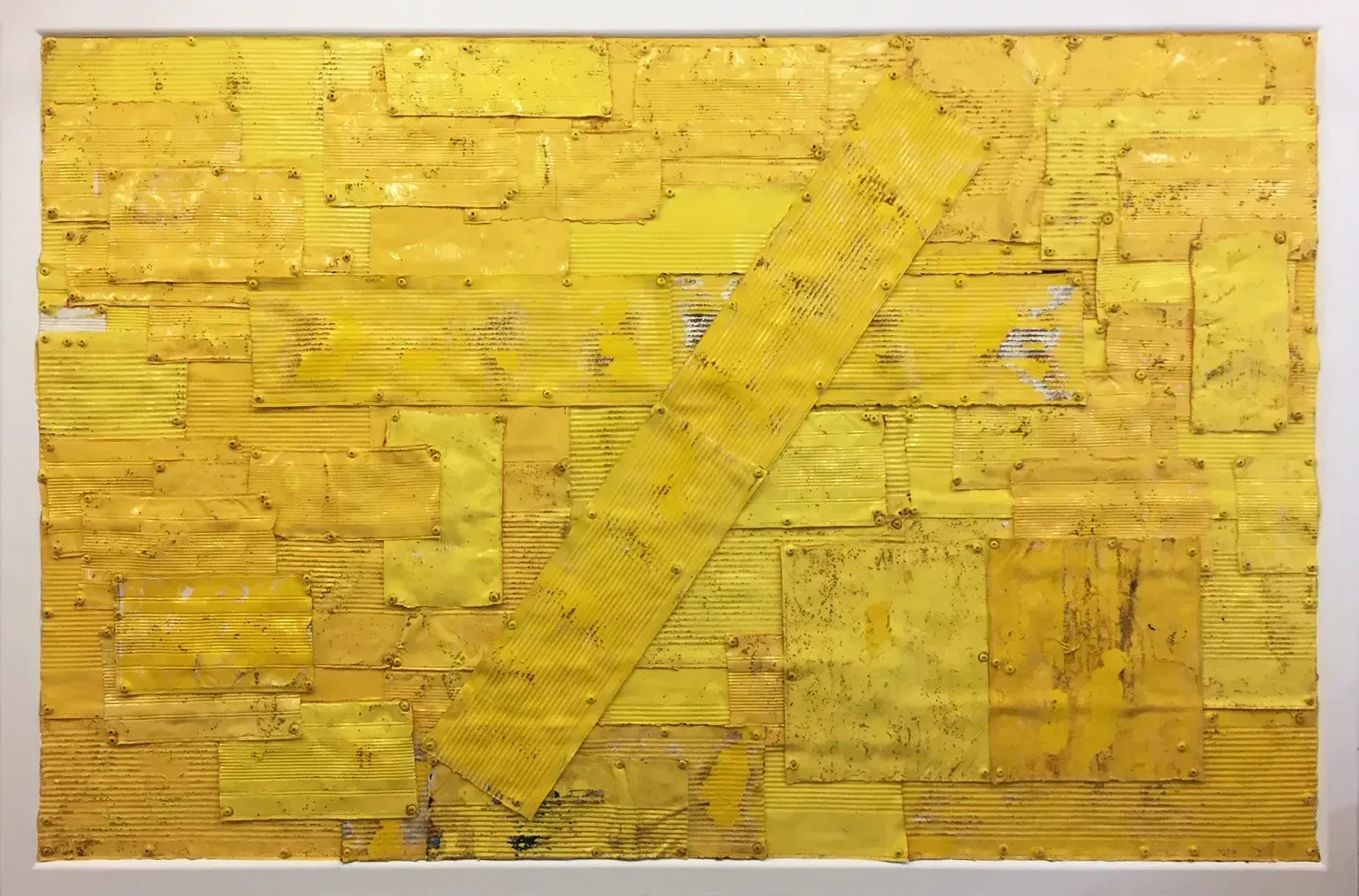
You'll struggle to find a creative mind that hasn't - at some point - dreamed of being able immerse themselves in one of the world's many cultural hotspots.
That dream is now an extraordinary reality for visual artist, Ayesha Green. She's been selected for the $100,000 Harriet Friedlander Residency - which will see her be able to base herself in New York to further inspire her practice.
The biennial residency, administered by The Arts Foundation - is for artists aged between 30 and 40, covers all living expenses and is not open for applications, making it a rare opportunity. It's been running since 2008 through the generosity of the late Harriet Friedlander – a dedicated supporter of the arts who believed in the Big Apple’s unique ability to nurture and transform artists.
Green (Kāi Tahu, Ngāti Kahungunu ki Heretaunga) was stunned when she heard the news.
"Initially, I didn’t quite understand what was happening… but, the idea of spending a long period of time in New York, and to feel like I actually live there, is just something that I never, ever had conceived would be a part of my life.
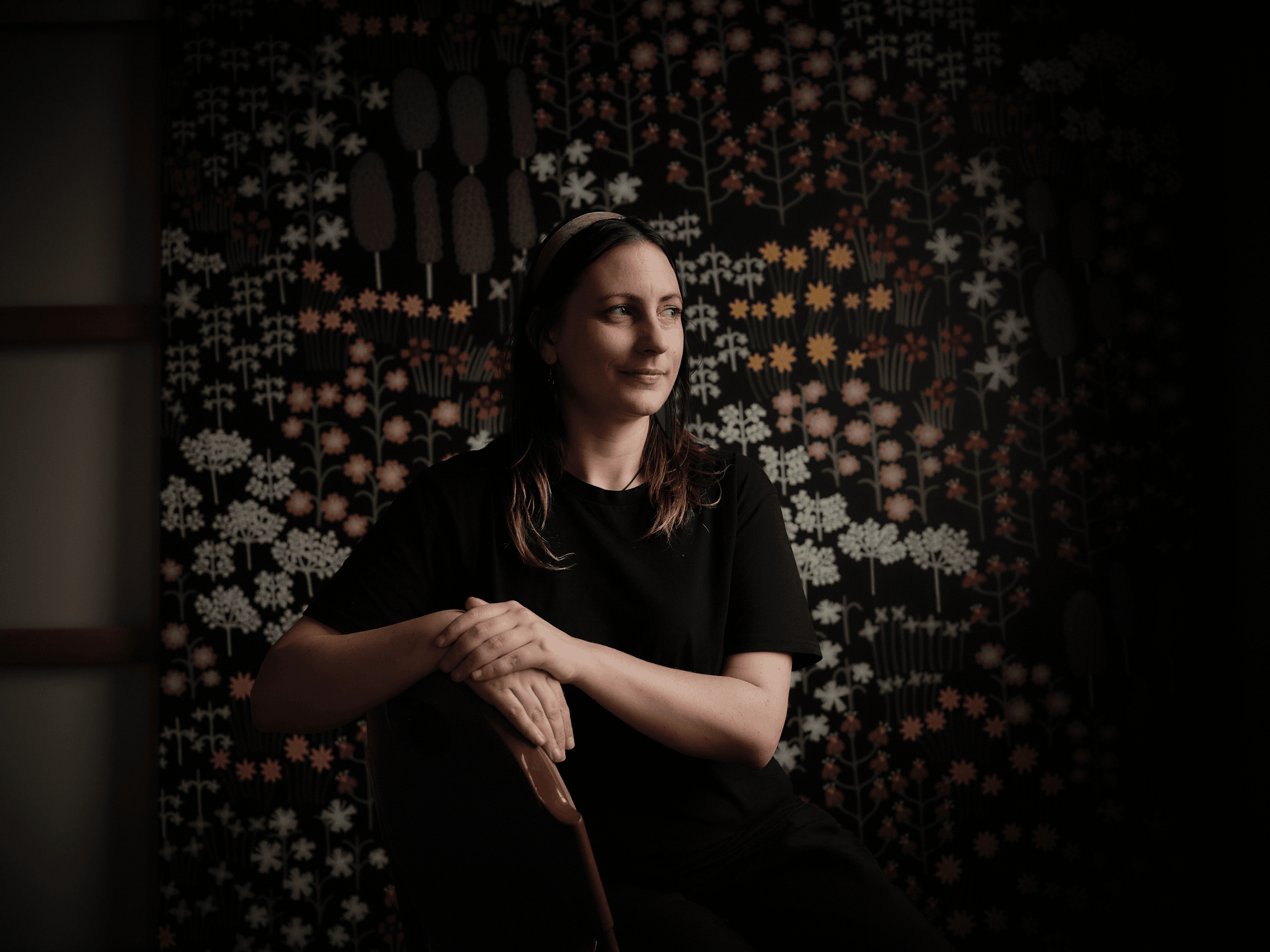
“The residency is going to be huge for me because, in New Zealand, we miss out on seeing so much significant art due to our distance. Being able to go down the road and see works that changed movements and ideas is mind-blowing. It’s one thing to study them in books, but experiencing the texture and materials up close will really expand how I think about my practice.
"I’m ready for the overwhelming experience of New York – it's going to push me to think about my work on a global scale and explore how it fits into a bigger conversation, beyond just New Zealand."
Green's paintings, drawings and sculptures will be familiar to many - having been showcased in major exhibitions across Aotearoa and overseas, bringing with it a number of accolades including the Springboard Award.
Her work often incorporates elements of Māori culture and examines the impact of colonisation, reflecting a deep commitment to social and cultural narratives - with a reputation for vibrant colour palettes and intricate textures.
Green joins an impressive list of recipients to have been bestowed this residency, including Kalisolaite ‘Uhila, Lucien Johnson and Lucy Marinkovich, Louise Potiki Bryant and Florian Habicht.
Trio embraced in McCahon legacy
Talking about joining illustrious company - a trio of creatives have been given a huge boost after being named as 2025 McCahon House Parehuia artists in residence.
More than 50 artists have been through the doors of the famed Colin McCahon's house for this invited 3-month stint since it was first offered in 2006. Lisa Reihana, Benjamin Work, Judy Millar, Ana Iti and the above-mentioned New York-bound Ayesha Green are among the talents that have benefitted from this experience.
It provides the three selected artists accommodation in the purpose-built Parehuia residence, with exclusive access to the home and the adjacent artist's studio.
Along with a stipend, there is a wide range of pastoral care, including everything from PR and comms to event and audience engagement support - whatever each artist needs with the space and time provided to develop their practice.

That's music to the ears of Sefton Rani, a self-taught visual artist whose work focuses on Pacific identity with an urban, working-class, industrial feel. One of the many who lost their home and studio during Cyclone Gabrielle, this type of career boost is extremely meaningful for the Toipoto alumni.
Rani told The Lowdown "It’s a massive privilege and very humbling to be selected for the McCahon House Parehuia residency, knowing so many other great artists have literally walked down that path before me.
"While it is obviously a huge opportunity for me, I view this as a win for everyone who has cheered me on over the last 10+ years and who believed in the work I produce. I’m blessed to be surrounded by so many good people, and I see this residency and the work that will flow from it as a way to say thanks for all their support.
"Careerwise - this is a game-changer, but only time will tell how that will unfold. I’m still getting my head around being successful with my application and how a studio placed in the treeline will impact my thinking and the work.
"The last 18 months have been lived with a lot of mental compression caused by the impact of cyclone Gabrielle on my living situation. I see the residency as an exhale for me and a chance to consolidate the technical learnings that I’ve picked up while making work in difficult circumstances. Part of the separation physically, mentally and spiritually from my home and studio has led me to delve into the dislocation of Pasifika peoples who are forced to move for financial or climate reasons, and how what I have been through is small compared to what many of them have had to endure.
"My goal with the residency is to explore these narratives further while keeping myself open to the new stimulus around me, embracing the opportunity to experiment, and challenge myself and my practice – allowing the truth to be evident in the work and the art to speak for itself."
While Auckland is home for Rani, it's going to be a new adventure for documentrian and historiographical artist Matthew Galloway. Christchurch-born and currently living in Wellington, Galloway is a current doctoral candidate at Elam School of Fine Arts and holds an MFA from Ilam School of Fine Arts.
Galloway told The Lowdown "It’s a huge honour when you consider both the legacy of McCahon House and all the amazing artists that have been selected over the years.
"For me, the nature of the iterative, investigative way I work lends itself to dedicated periods of thought, research and making. This residency offers an opportunity to have time to reflect and explore new directions, while also deepening current threads."
Having previously worked with sculpture, installation, film, wall drawings, image and text, artist books and publishing, Galloway intends to use his time at Parehuia to develop new threads of two ongoing projects and create a new moving image work. The residency will afford him access to specific research material and manufacturing techniques only available in Tāmaki Makaurau — specifically for producing digital tapestry works related to his data sovereignty research.
And it's a homecoming of sorts for fellow resident Rowan Panther, currently based in Kaitaia.
Panther told The Lowdown "I learnt how to make lace in Titirangi at the community centre. Although I don’t live in Auckland anymore, this area will always be of great significance to my practice.
"Coming back 15 years later as a Parehuia artist in residence is an opportunity not only to acknowledge how this chance craft encounter has shaped my life, it will give me the freedom to explore and extend myself even further. "
Panther - a former Blumhardt Foundation Dame Doreen’s Gift recipient - has exhibited in Aotearoa, Australia, the UK and Europe, with her work held in the collections of Tāmaki Paenga Hira Auckland War Memorial Museum, Museum of New Zealand Te Papa Tongarewa, Pātaka Art + Museum and the British Museum.
Panther’s practice weaves together diverse European and Oceanic textile traditions, responding to the complexities of colonisation and to her mixed Irish, English, German and Samoan ancestry.
Tapping into tradition
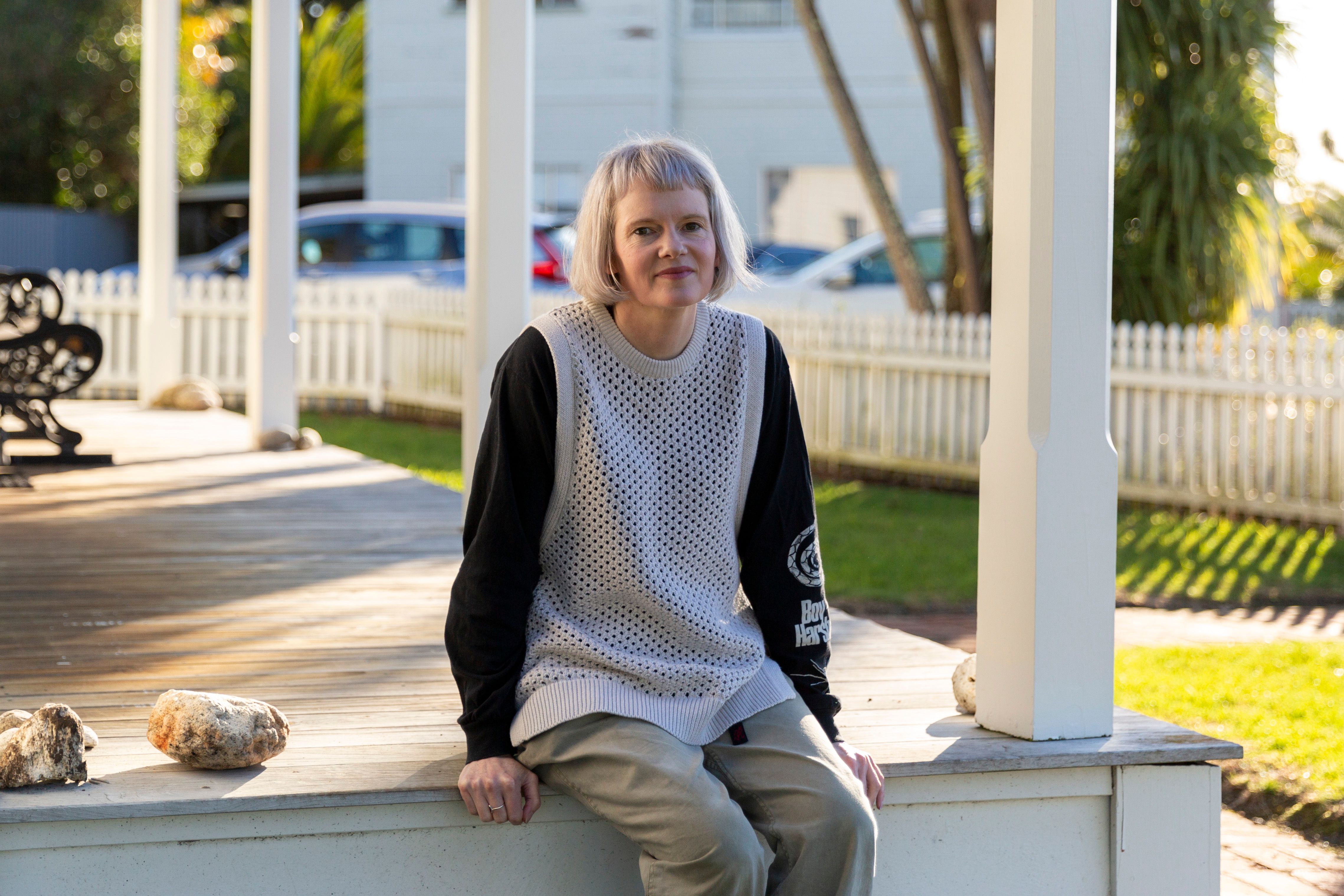
Kirsty Lillico knows the excitement of having new doors opened for her - starting her time in Whanganui as the Sarjeant Gallery's Tylee Cottage artist-in-residence, which runs until early December. The timing is a particularly special one, as she'll be in residence when the Sarjeant finally opens its doors to the public again in November.
Lillico told The Lowdown "This support provides the invaluable gift of time, allowing me to fully immerse myself in my work without the pressure of producing something by a deadline.
"The stipend enabled me to take leave from my job and dedicate myself to being a full-time artist—an entirely new experience for me. As a result, I’ve been able to work at a calmer, less frantic pace. Moreover, being in a new environment opens you up and makes you more sensitive to new experiences. This heightened awareness is beneficial for creating art."
Pushing at the edges of the craft/object arena, Lillico’s practice has drawn on a range of diverse materials such as building paper, house and office loads of unwanted and new carpet, fabric, rope and recycled leisure wear. She's had many successful moments in her career, including winning the Parkin Drawing Prize for a carpet piece.
On the plan for her residence, Lillico expands "I have been teaching myself tapestry weaving and am currently focused on mastering the technical aspects of it by creating various samples and experiments. My hope is that these efforts will eventually culminate in finished work. Given the typical constraints of a residency—limited materials and equipment—I see this as an ideal opportunity to persevere with the process, even when the results aren’t immediately evident. Additionally, I am setting aside time to assess and document the last couple of years of my practice.
"When working in a space where you also live, there’s a temptation to work constantly. However, I’m trying to avoid that because it’s not healthy, either physically or mentally. I’m making an effort to stick to reasonable daytime hours, taking breaks for walking or cycling along the river, and generally keeping weekends (mostly) free. And Whanganui is a great place to explore – there are fantastic gardens and parks, heritage architecture to gawk at, lovely people, and general good energy!"
Lillico is the latest in a string of artists invited to be residents at Tylee Cottage - more than 70 over the past 38 years - and two more have just been given the nod to join the list in 2025.
It's been confirmed that raranga specialist Ming Ranginui (Te Ati Haunui-a-Pāpārangi) will step into the residency from February to June, and sculptor Isabella Loudon from July to November. Both their residencies will be something of a homecoming, with Ranginui growing up in Whanganui and Loudon in nearby Marton.
Art in demand
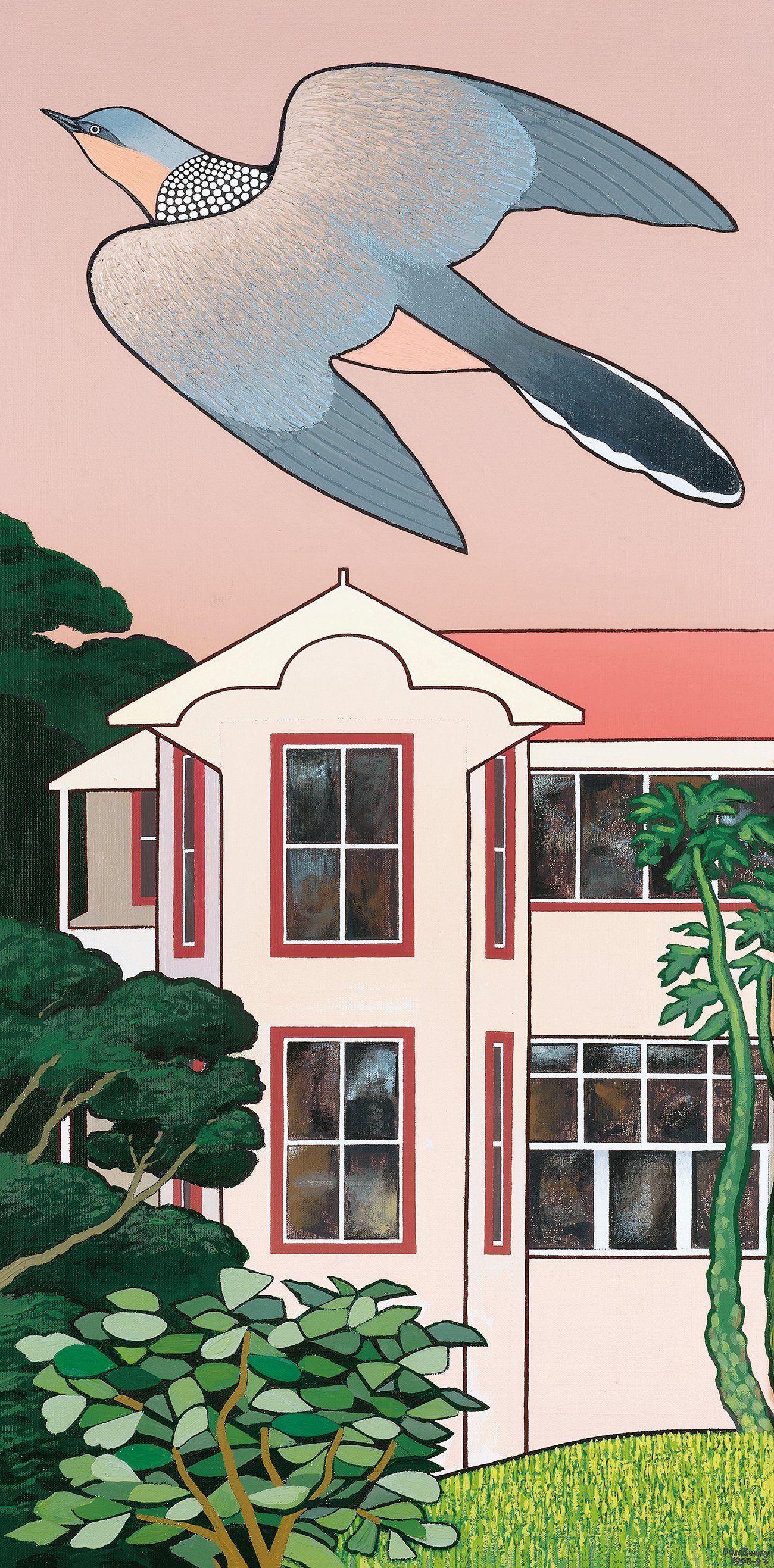
Art is priceless in the eyes of many. In the eyes of collectors however, there always has to be a price.
Auction house Webb’s is touting that their Works of Art auction last week produced a combined sale total of $3 million - making it one of their most successful in recent memory.
Top dollar on the night went to Don Binney's Malay Dove, Wooden Mansions, which sold for $575,398. Fellow Aotearoa artistic heavyweights were also notable with Ralph Hotere's Black Window Towards Aramoana fetching $232,608, and Colin McCahon's The First Bellini Madonna purchased for $318,305.
There were also records broken for the highest prices ever paid at auction for a specific artist’s work within New Zealand. The first was local - Doris Lusk's Summer Landscape, Canterbury which sold for a total of $58,152 (the previous best for a Lusk work was set in 2005) and then some American called Andy Warhol...the pop-art icon's Mick Jagger FS IIB.147 went for $173,621 (the most for a Warhol work in Aotearoa and eclipsing the previous benchmark from 2019).
Tasha Jenkins, Head of Art at Webb’s, told The Lowdown "There were fantastic museum-quality consignments from some of Aotearoa’s best artists which the team worked hard to consign and sell, and this paid off. The success of this sale shows that New Zealanders are continuing to engage and invest in art and culture within Aotearoa.
Jenkins notes this has been a trend with local art over the last five years. "While the market base at higher price points is naturally narrower, we are consistently selling works ranging from a few hundred dollars up to several hundred thousand, which shows that people of all budgets are engaging with NZ art."
With their next art auction slated for November, this will likely be a hard one to top. Most artists and their estates will be more interested in the auctions that happen after 1 December, when the long-awaited Artist Resale Royalty Scheme finally kicks in.
Community impact
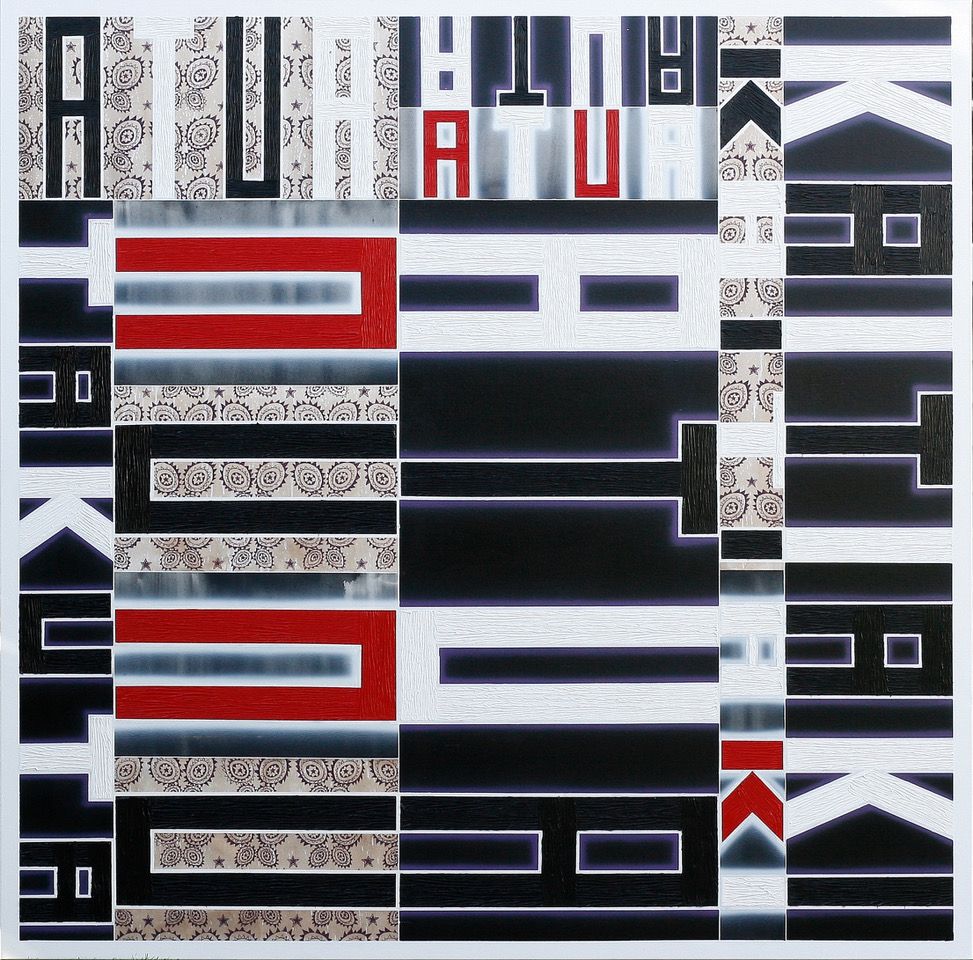
Not at the same scale - but art auctions within the community can always make a big difference.
A great example recently - Darryn George's Takuta #6 was the feature fundraiser for Wānaka charity Kāhu Youth at the Winter Wonderland Ball - to raise money for a new youth centre in the area.
The work sold for $28,000 after the auction had finished - 30% of the proceeds will be donated to Kāhu Youth. with a portrait sitting by former Adam Portraiture Award-winning artist Stephen Martyn Welch and a piece from fellow local artist Anna Reid also on offer, the auction raised $60,000 - well above expectation - showing the impact artists can have on their communities.
George (Ngapuhi) knows about the importance of supporting the next generation as head of Christ’s College art department told The Otago Daily Times "I love the long-term vision that (Kāhu Youth) have got for the future — the kāhu bird getting up high and looking over the landscape.
"When you’re investing in youth, in students, for the future, for me that is a big thing."
Other works in the series have been included in the collections of locations such as Te Papa Tongarewa, Christchurch Art Gallery, Canterbury University, Kunstwerk Stuttgart, the Canberra Parliament Building, the Beijing High Commission and the Singapore Embassy.
Kāhu Youth operations director Anna Sutherland said the painting’s message of resilience and hope was "so beautifully aligned with the mission and values of the community organisation".
Sign of respect
The Silver Scrolls are all about showing respect to artists and artistry from their music industry peers. So it feels appropriate that the organisers are doing the same in return.
The finalists for the highly coveted titular prize and the Maioha Award were due to be named today, but they have been put on pause to ensure those involved can keep their attention somewhere important to many.
APRA AMCOS New Zealand head Anthony Healey has shared they've postponed the announcement following the passing of Kīngi Tūheitia Pōtatau Te Wherowhero VII.
"This is in acknowledgement of Kīngi Tūheitia’s incredible legacy and influence across Aotearoa, of his official burial (Thursday 5 September), and in particular the significance of this event to our Māori members. There are many Māori members among our finalists and we wish to allow them the space to recognise and respond to these events in their own time, and also wish to make sure their wonderful work is given the space to be recognised."
It would have been easy to roll out the announcement as planned - so kudos to APRA for taking the chance to ensure the best interests of their artists were pushed to the forefront. Stay tuned to find out who remains in the running for the two awards next week.